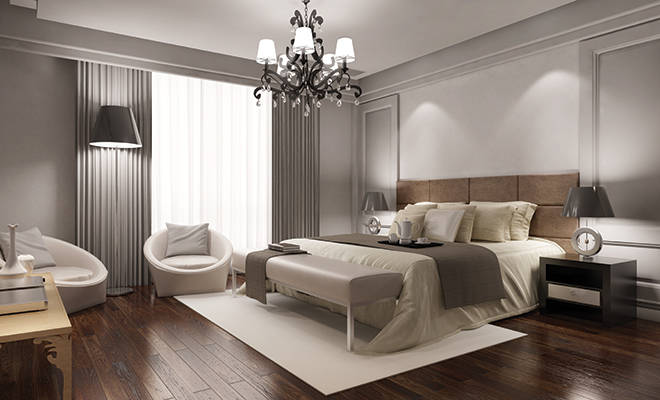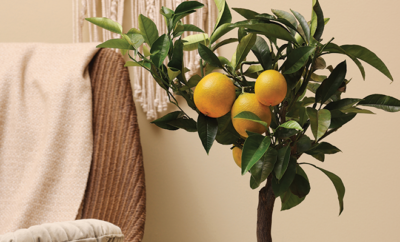
Choosing Quality Furniture
Separate the furniture that looks great from what looks great and lasts. The price tag on a piece of furniture is usually a testament to its construction rather than its design, so if you’re debating between similar sofas, for example, from different retailers at $500 and $2,000, the dollar difference lies in what’s underneath.
True furniture making continues to root craftsmen and manufacturers in time-honored techniques, elevating certain types above others due to materials, construction and modern compliances.
Sofas, chairs and sectionals
It’s common to think fabric or leather first when thinking of any upholstered item. While we love sofas, chairs and sectionals for their comfort, it’s often the fabric or design that catches our eyes first. But the construction underneath that soft, supple leather or uniquely designed fabric pattern can tell you a lot about the piece’s longevity. Take a deep dive into cushion details and type of suspension, as well as the overall sofa or chair’s frame, along with the fabric or leather cover.
Terminology may vary slightly, but there are mainly three types of cushion choices. There’s an all-foam cushion that offers a tightly tailored look and requires low maintenance–no cushion fluffing or plumping, for example. Spring-down is a cushion made with a core of coiled springs, surrounded by a foam box and then wrapped with a fiber. The spring provides more resilience than a foam cushion. Down-plush or blend-down cushions feature a highly resilient core that’s often wrapped or encased in a durable fiber. If the cushions are made from down or down-blend, a tightly woven layer of ticking, often made from cotton or linen, should be applied to prevent feathers from poking through the fabric. You’ll also see the process applied to mattresses or bed pillows.
A sofa or chair’s frame is usually a hardwood that’s reinforced with glue, dowels, tongue-and-groove joints or another type of joinery. Frames with a more modern look may feature stainless or natural steel, which are also highly resilient materials. When shopping leather, look for top-grain or full-top grain leather; these are made from a hide’s top layer and offer thickness and strength. Quality characteristics of fabric include resistance to fading, pilling and abrasion.
Case pieces, beds and tables
The best furniture comes from the best materials. And similar to checking the materials on a piece of clothing, fancy or foreign doesn’t mean it’s higher end or better quality. Woods such as cherry, maple, ash, walnut are all very familiar to us in the United States, and for a good reason; these woods are durable and they’re domestic, meaning they’re more sustainable. Purchasing American-made furniture often means better quality and shorter lead times because the materials or pieces aren’t shipped internationally. Additionally, many American furniture manufacturers make it a priority to sustainably harvest their woods or select materials.
Solid wood makes for a solid piece of furniture, but often the highest-quality pieces are reinforced with joinery and wood veneer; don’t let veneer scare you off! It’s purposely used to create more stability within a piece of furniture and, unlike solid wood, it won’t expand or contract with changes in humidity. Drawer boxes also include or may be 100 percent veneer. Case pieces often include at least one cedar drawer box. Cedar protects clothing and other textiles, keeping them fresh and safe from fabric-eating pests. You’ll see veneers, as well as high-quality joinery techniques, such as dovetail, miter or finger joints or tongue and groove, in cases pieces as well as beds or tables.
Table top or counter materials require consideration because they’re used so much on a day-to-day basis that can involve food prep, cutting, hot plates or beverages and more. While wood is a durable material, it is susceptible to wear and tear; quality laminates or granites often take wear and tear better. Keep in mind that marble is highly porous and susceptible to scratching and staining.
Many furniture retailers refer to bench-made construction; this offers homage to the furniture-making tradition in which each part of the overall piece is individually constructed by one person, by hand. While this may be true of some brands or some company’s specific pieces, it’s a good term to have in your head as you’re shopping; bench-made is a true testament to quality construction. Even in today’s modern world, you can find craftspeople today who sign and date each piece of furniture they make.
Quality and Safety in Kids Furniture
Stories of furniture retailers often unfortunately make news headlines due to tragic events such as furniture tip-overs in kids’ rooms. All kids’ furniture must follow U.S. Consumer Product Safety Commission requirements, and some companies go above and beyond in promoting quality and safety of their furniture by adhering to voluntary standards of the American Society for Testing and Materials. Look for kids’ furniture that is free of lead and phthalates. Happy shopping! ■
Sources: amishcabinetdoors.com, astm.org, cpsc.gov, houzz.com, nytimes.com, popularwoodworking.com and sustainablefurnishings.org.







